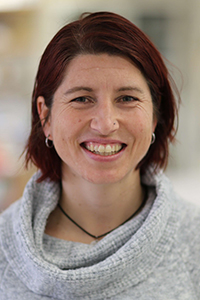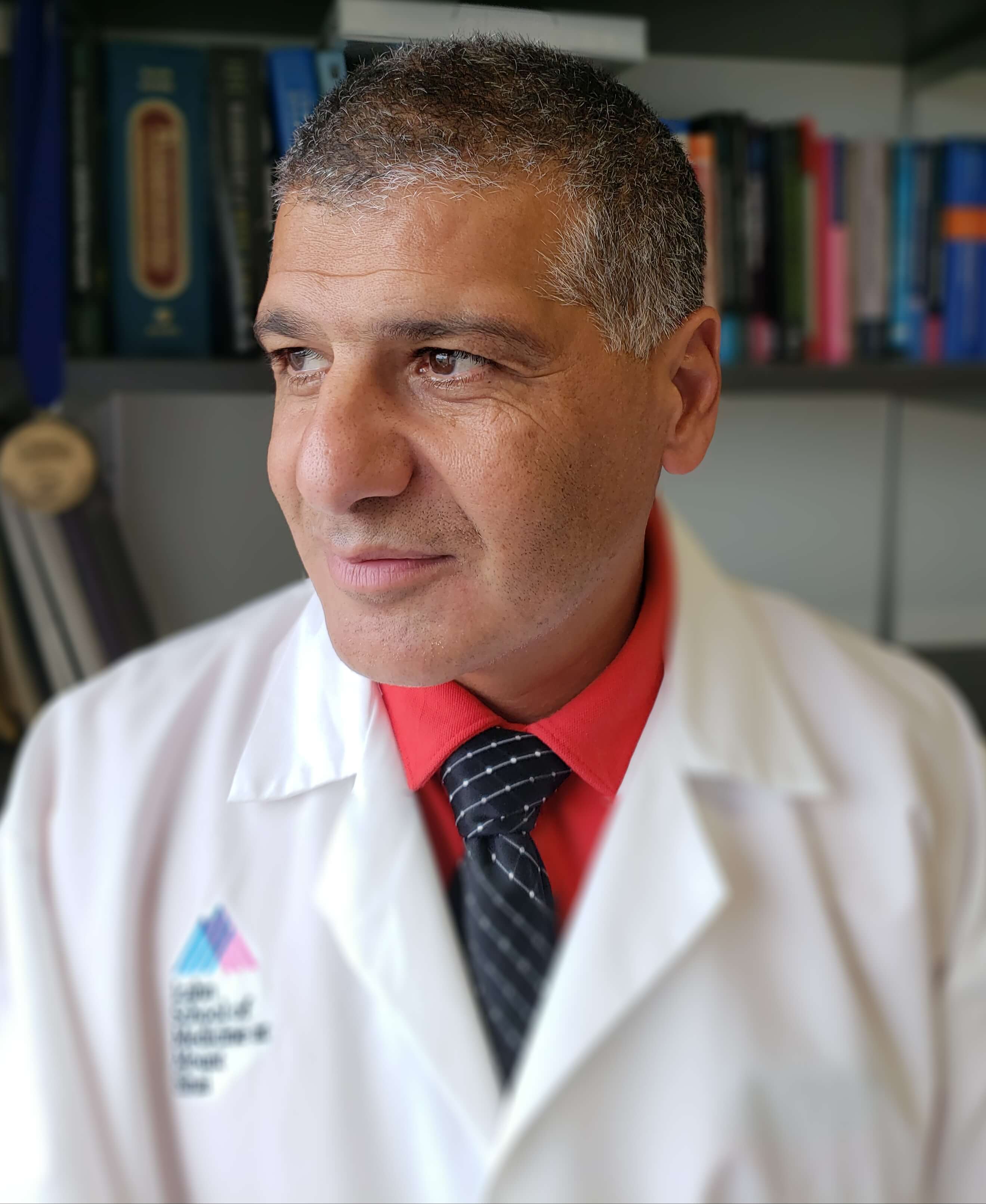Genome Engineering Combined with Stem Cell Technology Provide Insights on Disruptions in Brain Development
Genome Engineering Combined with Stem Cell Technology Provide Insights on Disruptions in Brain Development

Twenty years ago, scientists first “spelled out” the full sequence of 3 billion pairs of DNA “letters” that make up the human genome. In the years since, they have discovered and validated many hundreds of commonly occurring variations in the genome that correlate with increased risk for psychiatric illness.
A recent paper, appearing in Schizophrenia Research, suggests how advances in cutting-edge technologies are fueling the effort to understand how specific genetic variations alter the biology of the brain and how this, in turn, may contribute to the cause of various psychiatric disorders.
Roughly 200 commonly occurring “risk variants” in human DNA have been associated with elevated risk for schizophrenia, for instance. It is now thought that each of these variations contribute a small amount to an individual person’s total risk. No one yet knows how combinations of these risk factors, perhaps in concert with unfavorable environmental factors, affect the way an individual’s brain functions.
The new paper reviews ways scientists around the world have been attempting to solve this mystery. Its senior authors—Kristen Brennand, Ph.D., and Schahram Akbarian, M.D., Ph.D., of the Icahn School of Medicine at Mount Sinai—are both BBRF grantees, prize winners and members of the BBRF Scientific Council.
Dr. Akbarian is a pioneer in studying epigenetic factors: molecular groups that attach to DNA and to the material called chromatin that packs DNA tightly in the nucleus of every cell. These factors help to regulate the activity of genes. Dr. Brennand has pioneered another frontier in brain research, harnessing the power of stem cells. Her lab has helped show how skin cells harmlessly sampled from people diagnosed with illnesses such as autism and schizophrenia—both of which are thought to have a strong genetic component—can be grown in a culture dish and then “reprogrammed” to return to the stem-cell state that marks the beginning of every cell’s life.
Reprogrammed cells can then be induced to re-develop as brain cells. Using this method, Dr. Brennand’s group has been observing complexes of such “reborn” brain cells with the hope of seeing when and how abnormalities develop. It’s an experiment that cannot be performed in living people. The insights gained hold potential to reveal processes that are occurring as autism or schizophrenia risk is just emerging in a fetus or in a young person, prior to the manifestation of any illness.
The exciting research frontiers discussed by Drs. Akbarian, Brennand and colleagues in their recent paper involve using still other revolutionary technologies. In one notable example, they address the power of a gene-editing technology called CRISPR to potentially make stem-cell “reprogramming” studies much more powerful. One difficulty in stem-cell-based studies is that every individual—even individuals with the same diagnosis—have a somewhat different genome sequence. These “inter-individual” genetic differences matter a lot when one is examining very subtle pathological mechanisms.
When trying to figure out exactly how (or if) a specific “risk gene” affects a specific type of neuron, and in what way, scientists want to have the genomes of the donor cells match in key regions, to eliminate the confusing impact of inter-individual differences. Doing this—using the gene-editing tool called CRISPR—promises to help researchers distinguish the specific biological changes associated with the presence or absence of a single “risk gene,” irrespective of differences between cell donors.
“By integrating CRISPR-based genome engineering with stem cell-based models [of illnesses like schizophrenia and autism], one can better evaluate the functional impact of rare and common genetic variants,” the researchers write. This makes possible what they call “isogenic comparisons,” which means engineering cells to more accurately model the genetics of a specific patient population.
This approach, the team notes, is now being used to study some of the biological changes in specific brain cells that genetic variation suggests might be involved in disease causation. This is shedding light on a variety of things: problems in the emergence and maturation of synapses, the connection points between neurons; the function and behavior of neural progenitor cells that give birth to neurons; and epigenetic changes that affect the packaging of DNA in the cell nucleus. All have been implicated by past genome studies, but so far, crucially, without any indication of how genetic variation alters the mechanisms behind these processes.
In addition to being members of the BBRF Scientific Council, Dr. Akbarian is 2018 BBRF Lieber Prizewinner for Outstanding Achievement in Schizophrenia Research, 1997 Klerman Prizewinner for Exceptional Clinical Research, 2012 Distinguished Investigator and a 2000, 1995, and 1993 Young Investigator; Dr. Brennand is 2018 BBRF Maltz Prizewinner for Innovative & Promising Schizophrenia Research; a 2016 Independent Investigator and 2012 Young Investigator.




